What do you think of the walled section of Forest Creek from the old footbridge at the bottom of Andrews street (Ten Foot bridge) downstream to the Pyrenees highway at Barker street?
Castlemaine Landcare have embarked on a collaborative project to revitalise this section of the creek. The intention is to ‘to create a more natural form for the creek as it flows between the historic walls and to provide opportunities for people to enjoy a rich natural environment by improving water quality, habitat, amenity and access.’
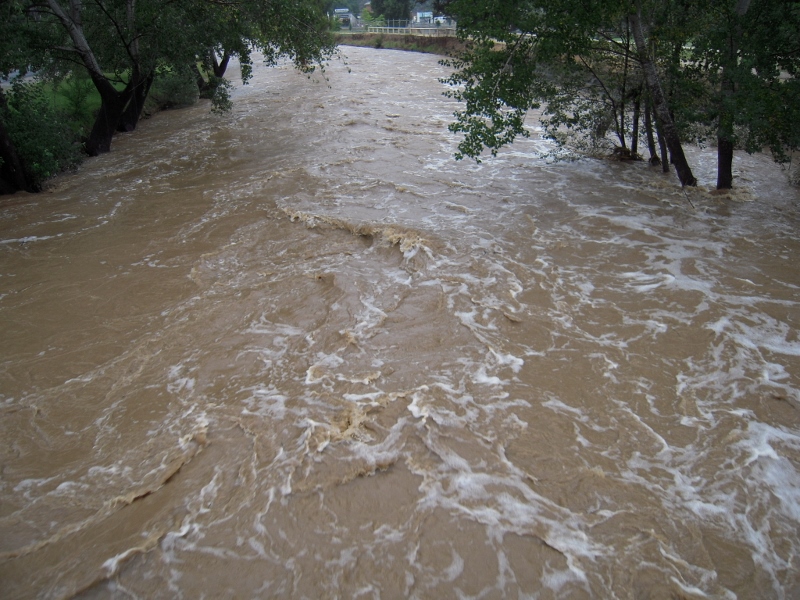
Forest Creek in flood downstream of the Wheeler Street bridge, February 2011: the project aims to improve public amenity and natural values without damaging the channel’s flood carrying capacity.
You can have a say in this project: click here to access the online consultation. The process is open till June 17
Previous investigations into the creek have recommended the following outcomes for any project:
- the historic stone walls are maintained
- flood carrying capacity is maintained and there is no increased flood risk
- there is no increased fire risk
- community amenity is enhanced.
These recommendations are supported by Mount Alexander Shire Council’s Castlemaine Urban Waterways Management Plan (2018).
Partners in the current project are Mount Alexander Shire Council, North Central Catchment Management Authority, Department of Environment, Land, Water and Planning, Dja Dja Wurrung Enterprises trading as Djandak, and Friends of Campbells Creek.

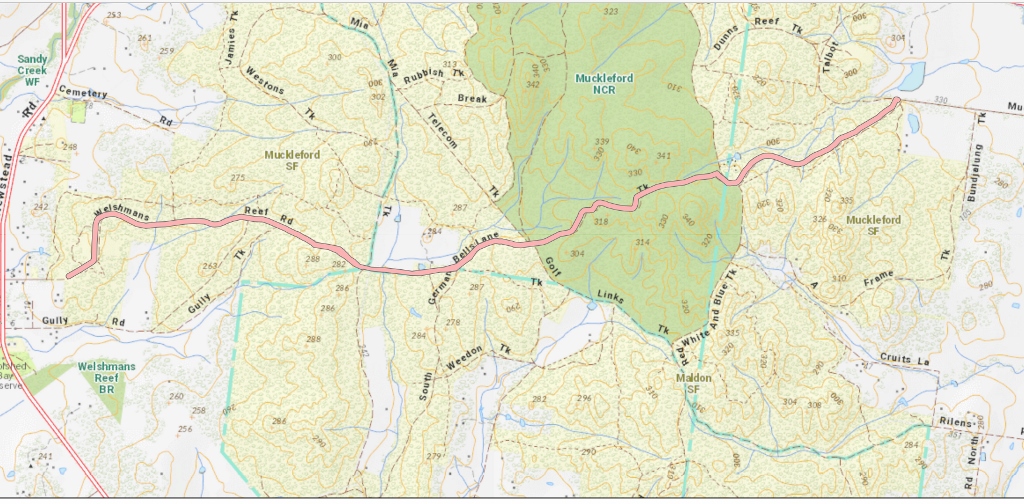
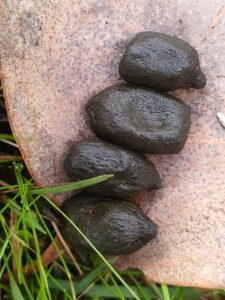
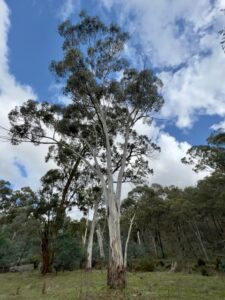
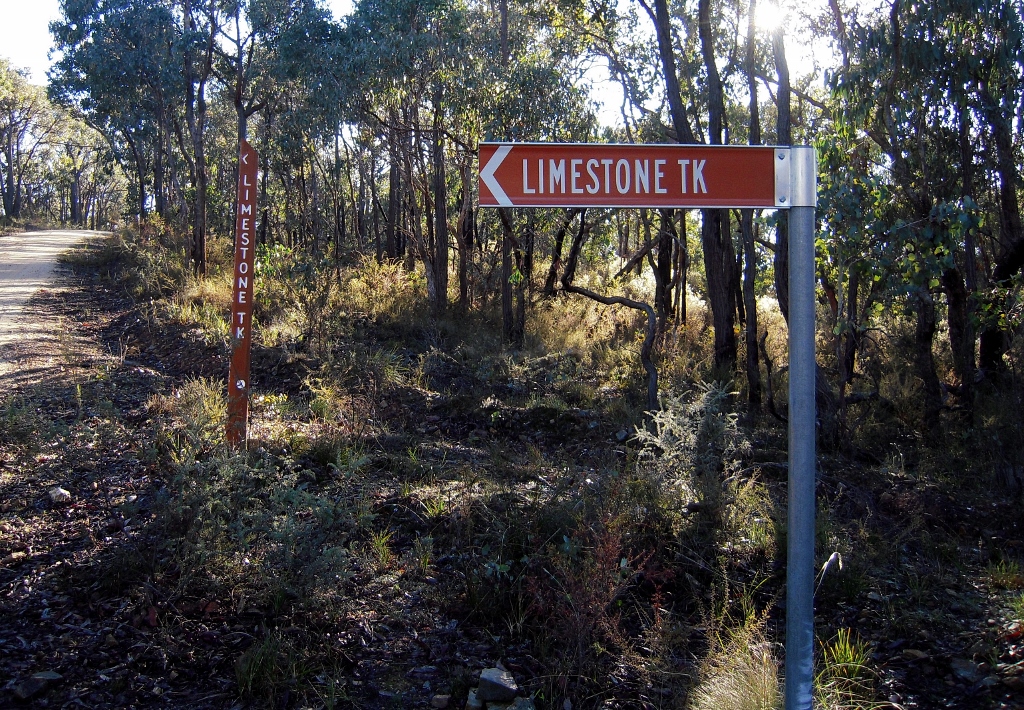
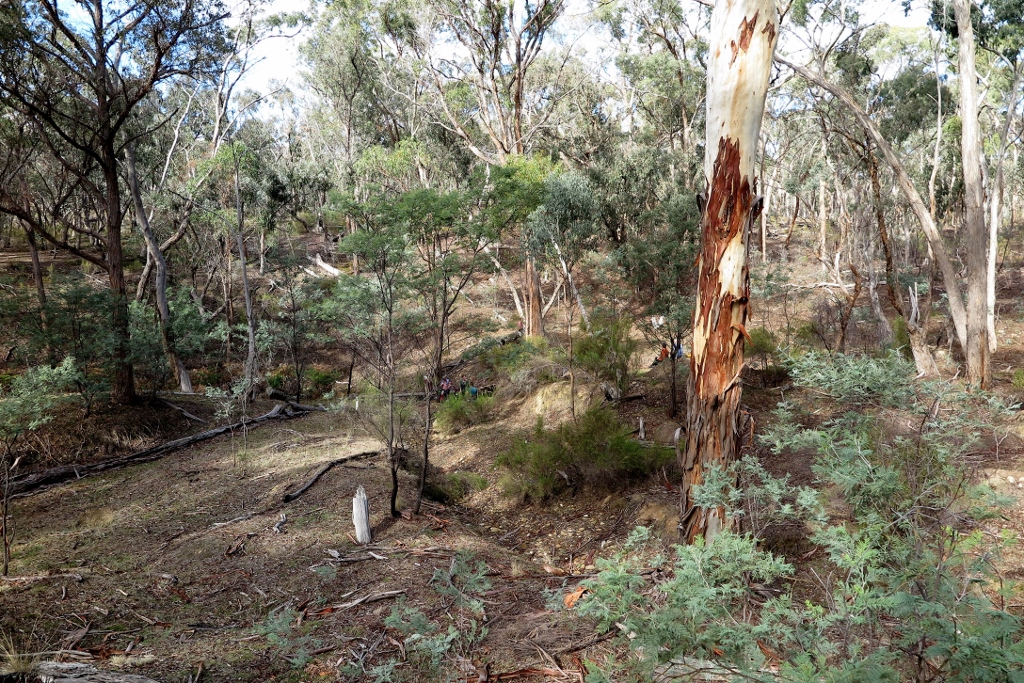
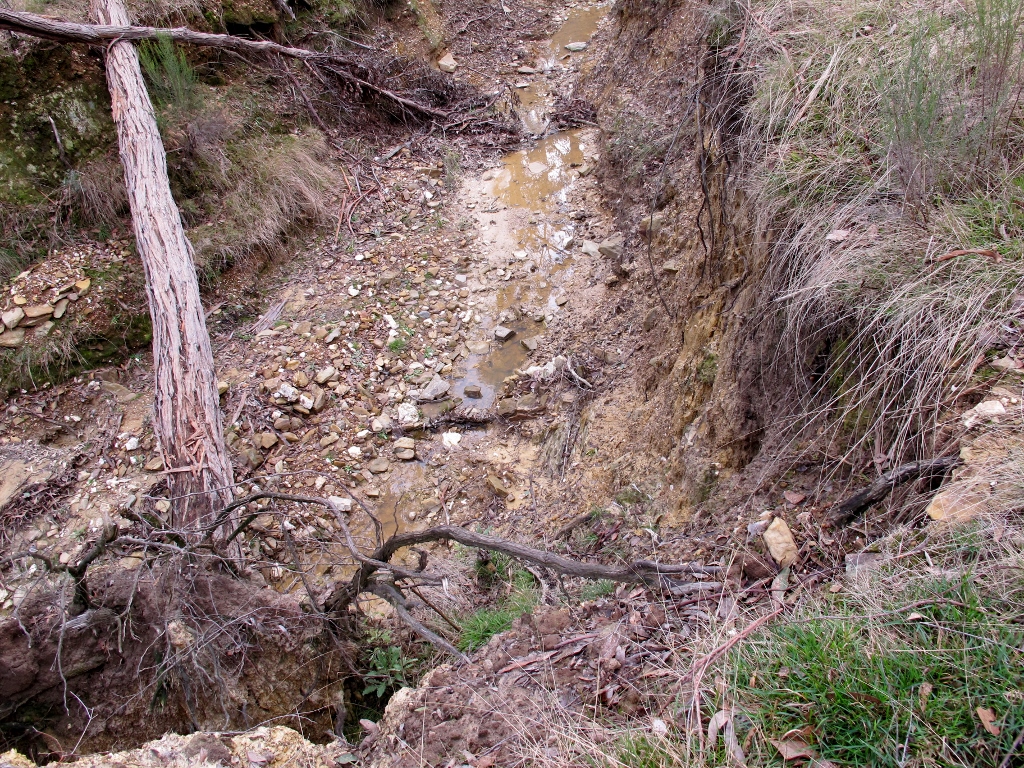
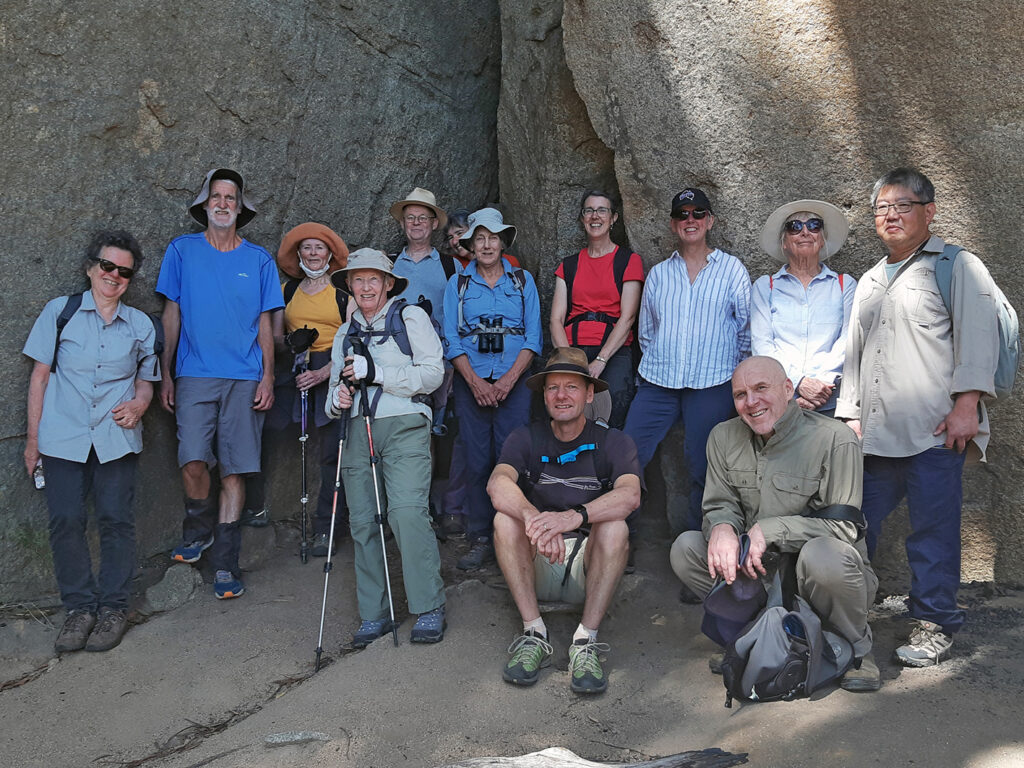
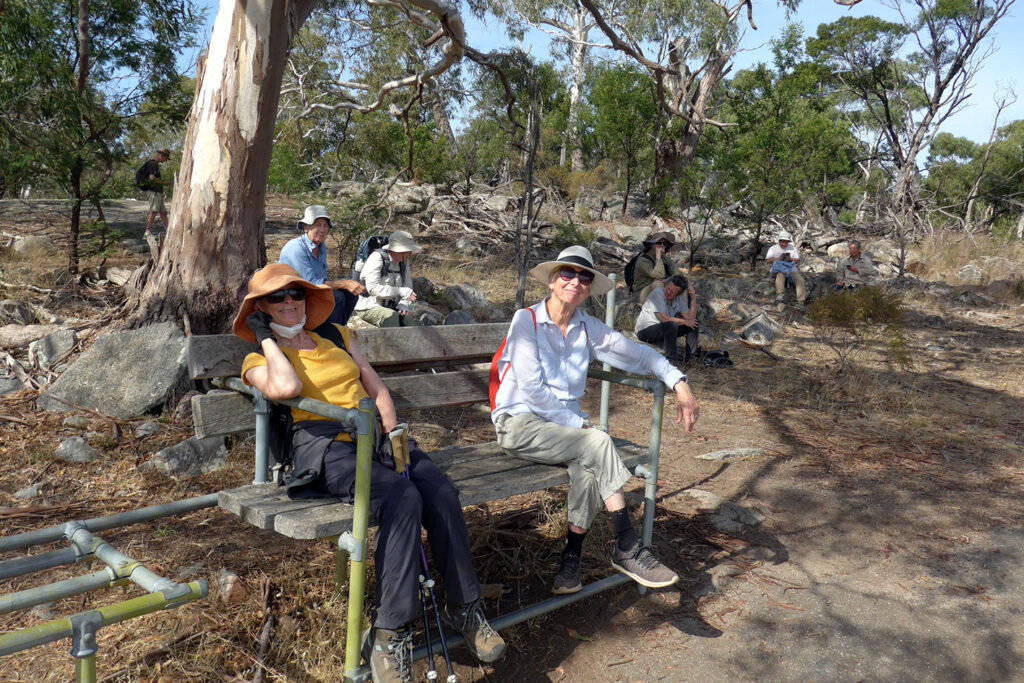
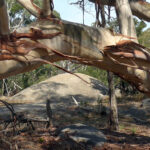
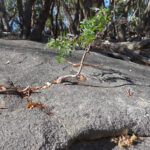
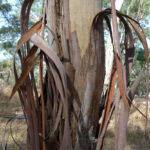
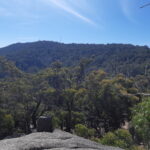
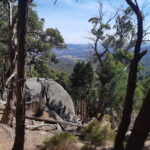
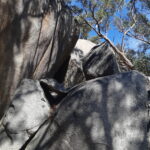
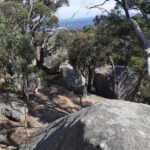
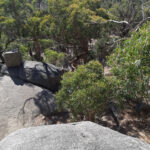
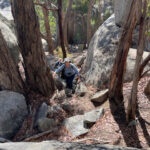
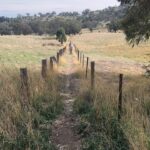
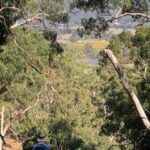
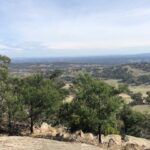
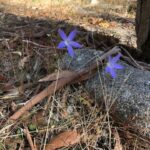
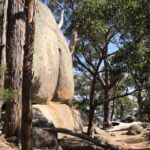
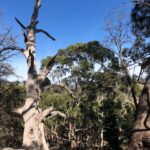
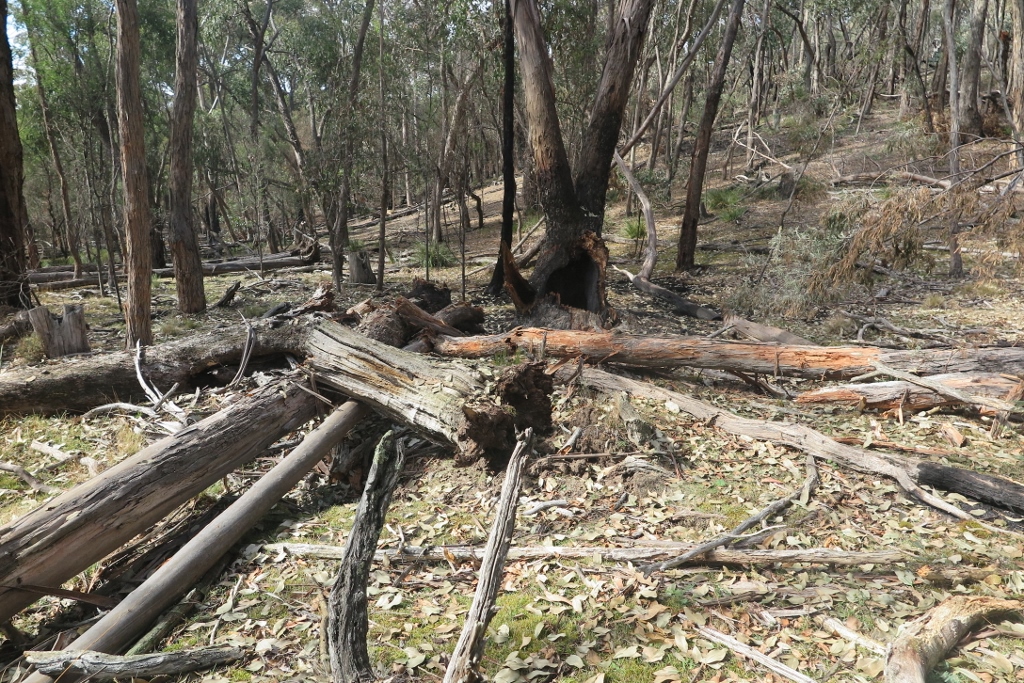
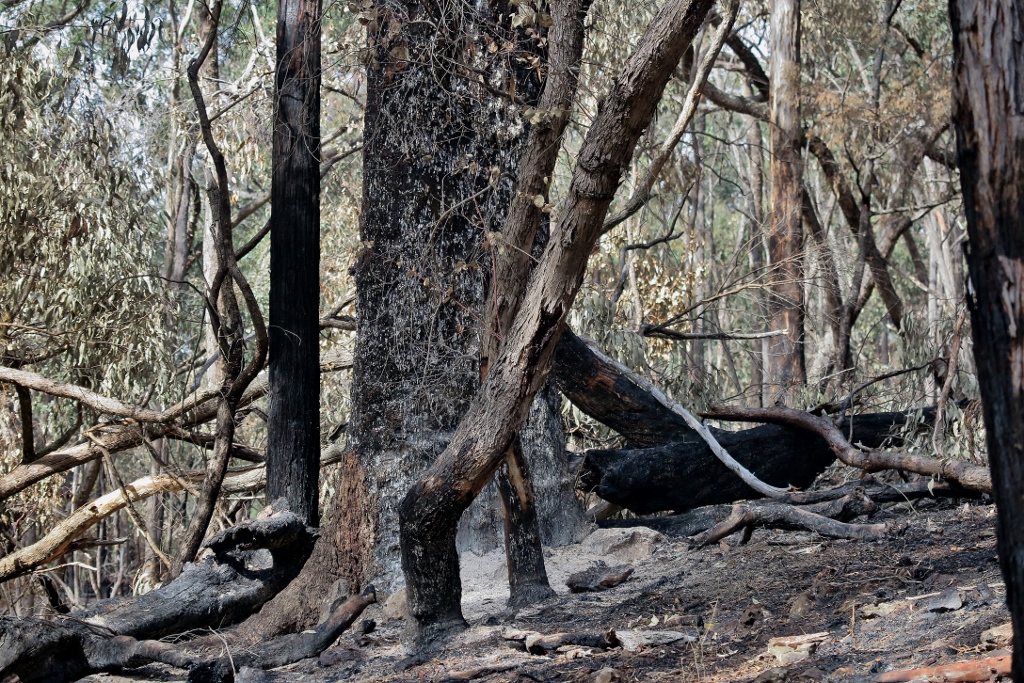
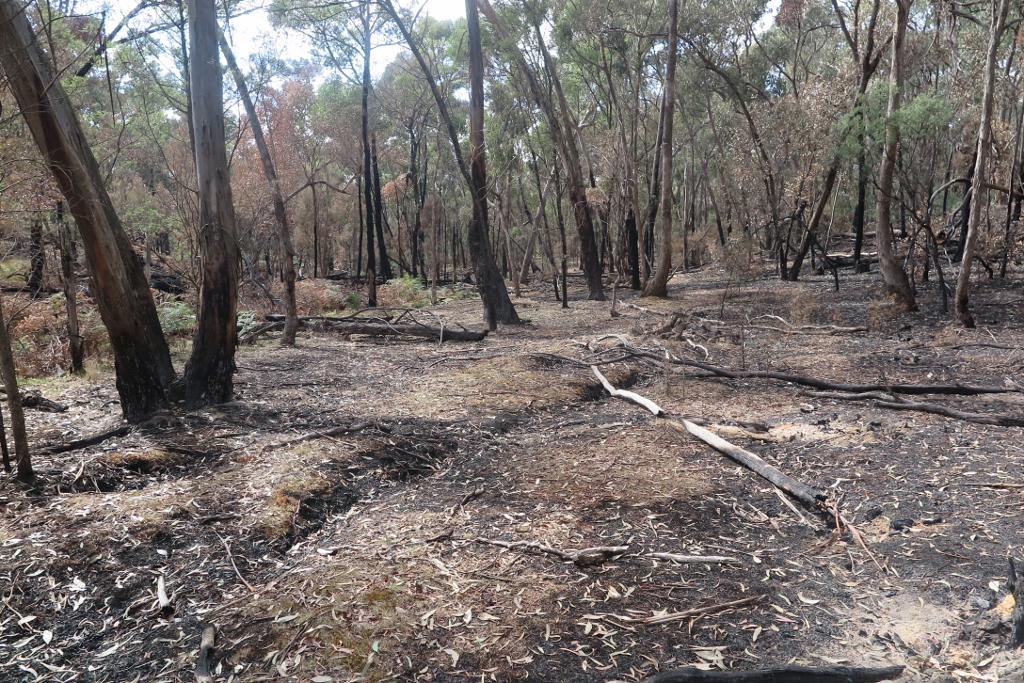
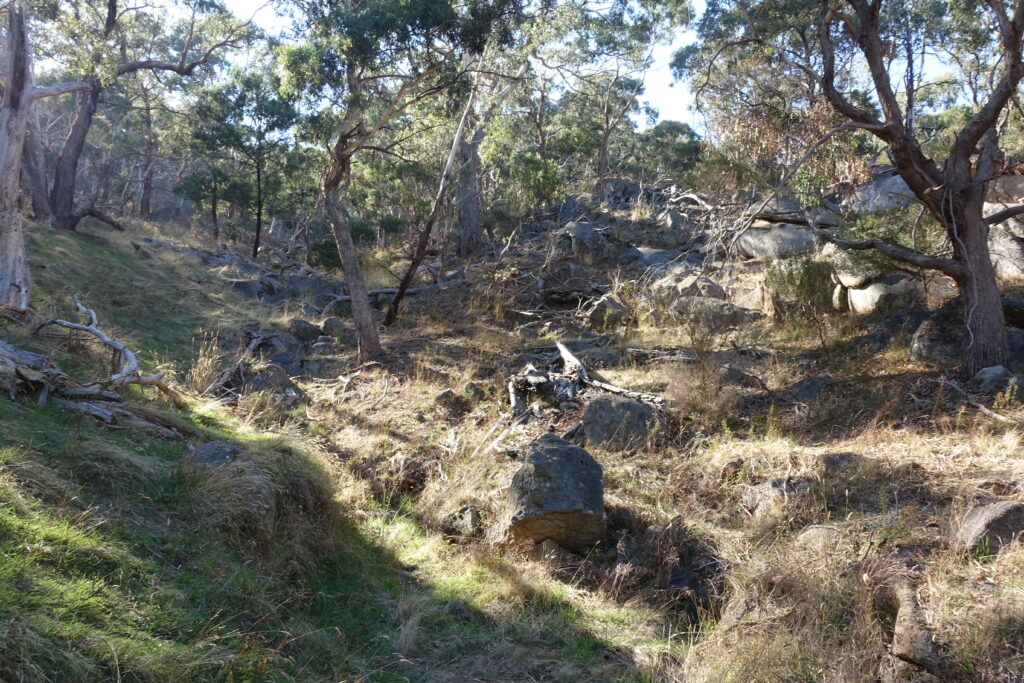
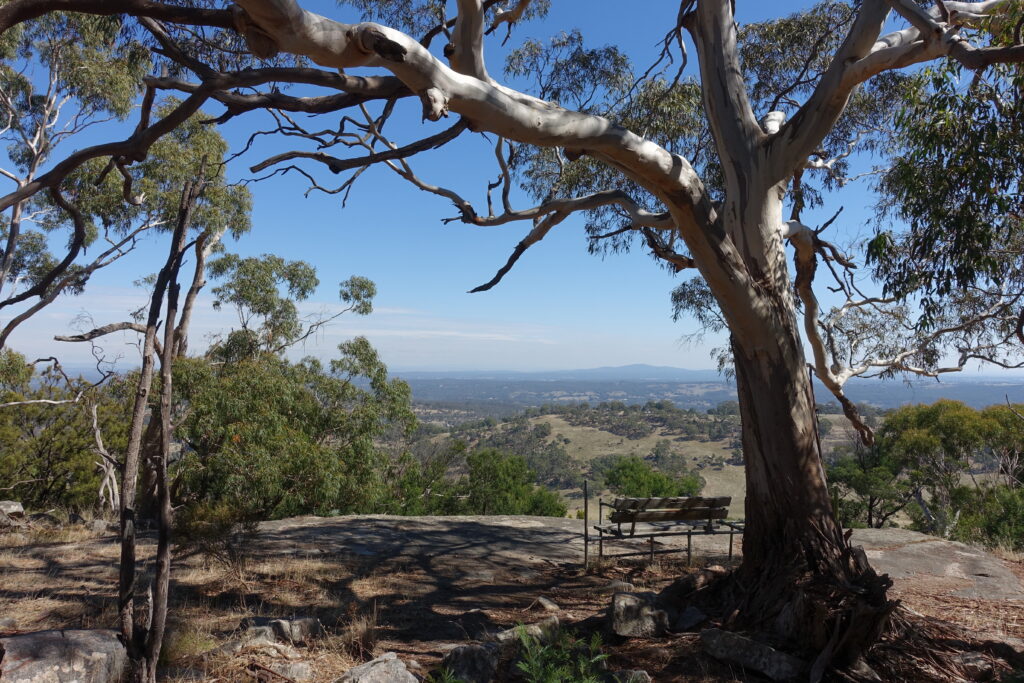
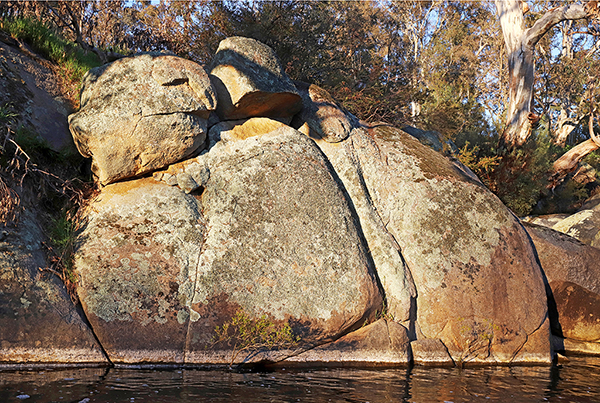
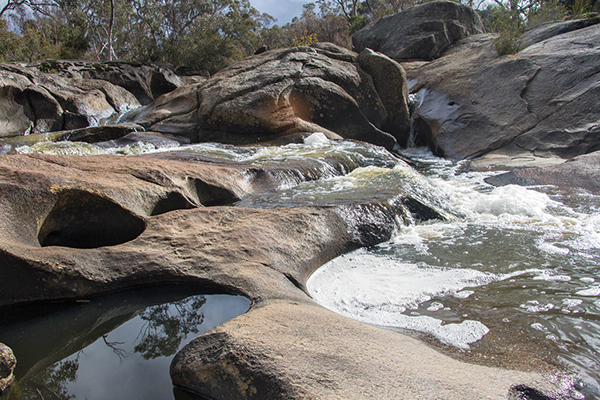
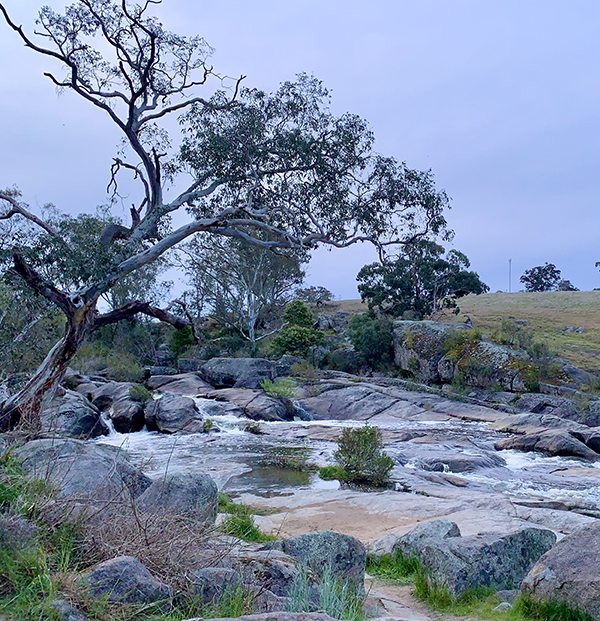
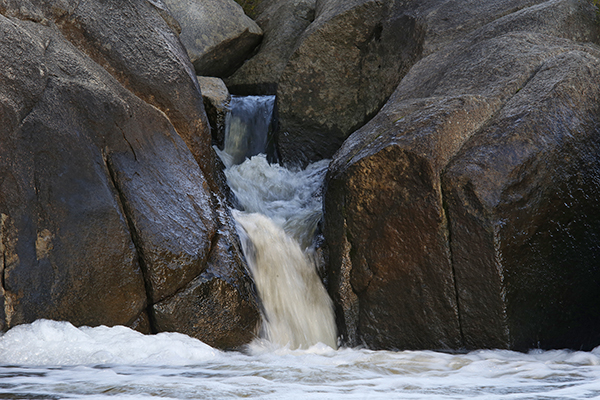



 Click on image for info/order page
Click on image for info/order page Click on image for info/order page
Click on image for info/order page Click on image for info/order page
Click on image for info/order page




















